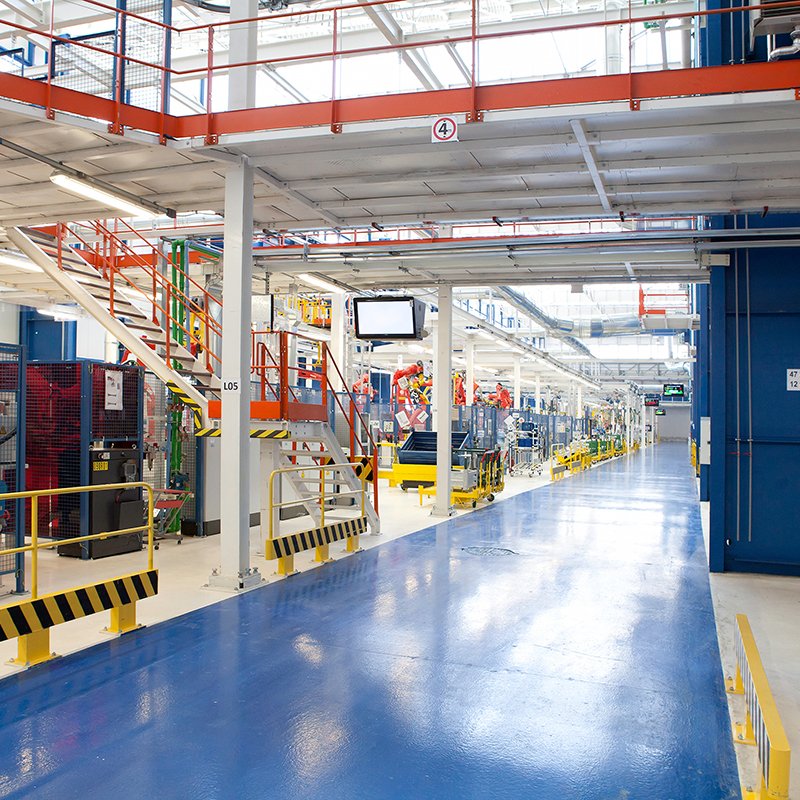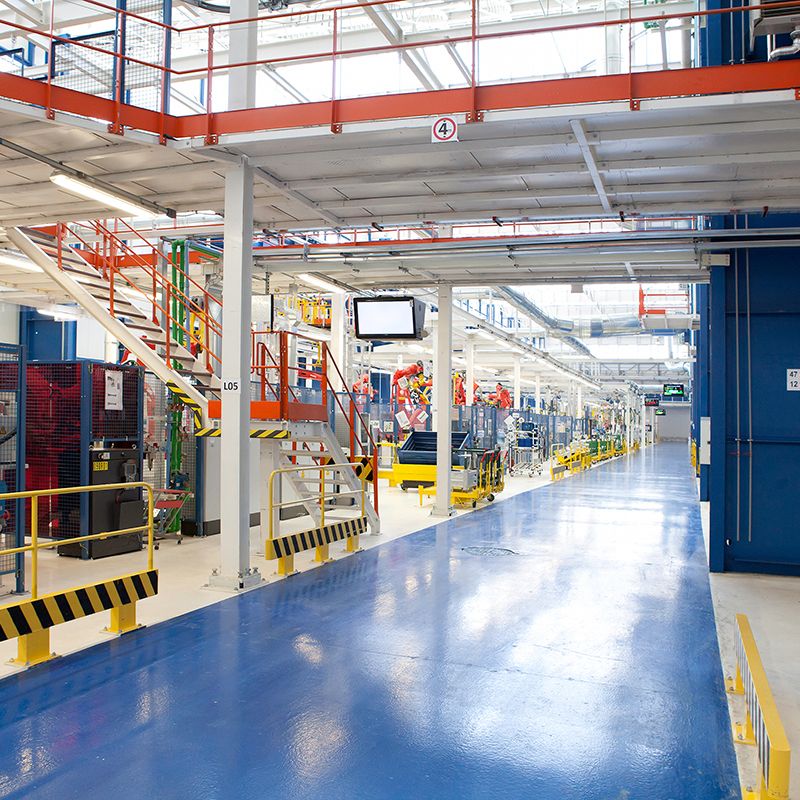Safety in Layers: A Model from Missouri
June 2nd, 2025

When Corporate Health and Safety Manager Rob Belding traveled to Missouri earlier this year, it wasn’t to issue a checklist or audit findings.
It was to observe, to learn, and, ultimately, to bring back ideas for how safety can be more than an outcome; it can be a design principle.
The sites Rob visited — four in total near St. Louis, Missouri — represent some of Loureiro’s most complex remediation work.
They also reflect a philosophy of safety that is built not just for compliance, but for the real people who operate, maintain, and live with these systems every day.
A Legacy of Trust and Safety
The Missouri remediation team — Technical Director Scott Crawford, Field Operations Manager Reggie Gardner, and Senior Project Manager Derek Ingram — brings decades of combined experience to Loureiro. That depth of knowledge doesn’t just guide what gets built — it shapes how it gets built, how it operates, and how it protects people.
Together, this trio forms a seamless design-build-operate chain. Scott develops the systems; Reggie builds them and trains the teams; Derek ensures ongoing compliance and client coordination. “It’s like a relay,” Rob reflected. “They pass the baton with such trust that each phase builds momentum instead of friction.”
Why the Technology Matters
At the heart of these projects are complex treatment systems for remediating legacy pollution from coal ash and industrial chemicals. These aren’t off-the-shelf solutions — they’re custom-designed systems that blend advanced ion exchange, groundwater recirculation, and soil vapor extraction technologies. The goal isn’t just to meet cleanup targets, but to protect critical resources like the Mississippi River while keeping hazardous materials safely contained.
That means the technology has to work — flawlessly, reliably, and often unmanned. And safety can’t be an afterthought. It must be part of the technology itself.
One Clear Pattern Across Four Sites
Rob’s tour spanned four distinct projects:
- Rush Island – A coal ash cap-and-treat system that uses ion exchange to remove boron, arsenic, and molybdenum. This project pioneered a groundwater recirculation approach designed to protect the nearby Mississippi River — without displacing the hazardous ash itself.
- Flexsys – A soil vapor extraction system designed by Scott and managed by Reggie. Seen as an internal benchmark for excellence, it demonstrated what’s possible when Loureiro controls both design and execution.
- Roxanna – A cautionary comparison. As a subcontractor on this site, Loureiro had little control over system design or contractor selection. The result? A visibly less safe and less efficient work environment.
- Sioux Plant – This site incorporated design refinements based on lessons learned from Rush Island: improved layout, upgraded safety systems, and even more automation to allow for unmanned operation.
Each site reinforced the same message: safety is most effective when it’s embedded from the beginning.
Engineered from the Start
These projects involve handling corrosive chemicals like hydrochloric acid and sodium hydroxide, managing complex piping networks, and working with pressurized systems that operate 24/7. During construction, traditional laborers often push back on the additional layers of safety and wonder, "Why so many valves?" But for this team, the answer is clear: because real people will operate these systems, and real safety demands thoughtful design.
Safety is layered into every element of the system:
- Physical safety starts with design. Epoxy-lined containment berms equipped with leak detection sumps, splash guards and motorized emergency shut-off valves, and gravity-fed or well-supplied safety showers where no potable water is available.
- Chemical safety is prioritized through leak-free chemical hookups, maximum materials compatibility, automatic shutoffs, and a simple but firm rule: limit the chemical supplier from ever bringing more chemical on-site than our tanks can hold. This discipline, along with redundant tank overfill warning alarms, virtually eliminates the possibility of overfilling our tanks, and protects teams from spills and overexposure to the aggressive chemicals used during the resin regeneration process.
- Operational safety is built into the control logic. Systems are programmed to override unsafe actions, and instrument placement is guided by ergonomics—so no one has to put their face near a gauge or a leak-prone fitting. In addition, all routine and non-routine maintenance tasks were thoroughly thought through during the design process to ensure that all appropriate isolation valves, pressure relief, drains, and guarding would be included in the system to ensure the operators were protected.
- Training is treated as a safety system. Crews are cross-trained across buildings, able to move between systems with confidence. New employees are taught not just how the system works, but why it was built the way it was. "They may not understand it yet," Reggie says, "but when they work here, they will."
Built for the People Who Operate It
The systems are advanced, but they still rely on people. Reggie sees his job as protecting those people, even when they don’t yet know what they’re building:
“When you’re working with traditional laborers, the first thing they look for is shortcuts. But these aren’t traditional systems. We’re building them so a young scientist can walk in, shut a valve, bleed a line, and safely calibrate a sensor without ever being exposed. That’s why it matters.”
That mindset extends to automation, too. As Reggie puts it:
“The program has to be good enough to man the building when we’re not there — but it also has to be smarter than the operator. If someone tries to run a process that conflicts with another, the system has to say: ‘No. You can’t do that."
Where possible, the team handpicks contractors who already understand these expectations. But even then, it takes training, repetition, and clear leadership to hold the line. “There are no shortcuts here,” Reggie says. “Because we’re not building a jobsite — we’re building a legacy.”
And it works. To date, the team has logged thousands of hours without a single safety incident or environmental release. That’s not by accident. That’s by design.
A Model Worth Sharing
Rob’s takeaway? “This wasn’t just a tour. It was a masterclass.”
By integrating safety at every level — from engineering to ergonomics, from training to trust — the Missouri team has set a powerful example for how Loureiro can continue to elevate its safety culture across the board.
“These systems don’t just protect the environment,” Rob noted. “They protect the people who protect the environment. That’s what makes the difference.”
It’s also a model of design-build synergy. Scott, Reggie, and Derek move from one phase to the next with clarity, mutual respect, and the confidence that each will carry the baton forward. They don’t just design and build — they pass momentum. And in Missouri, that momentum has translated into safer sites, better systems, and a future-focused approach worth replicating.




